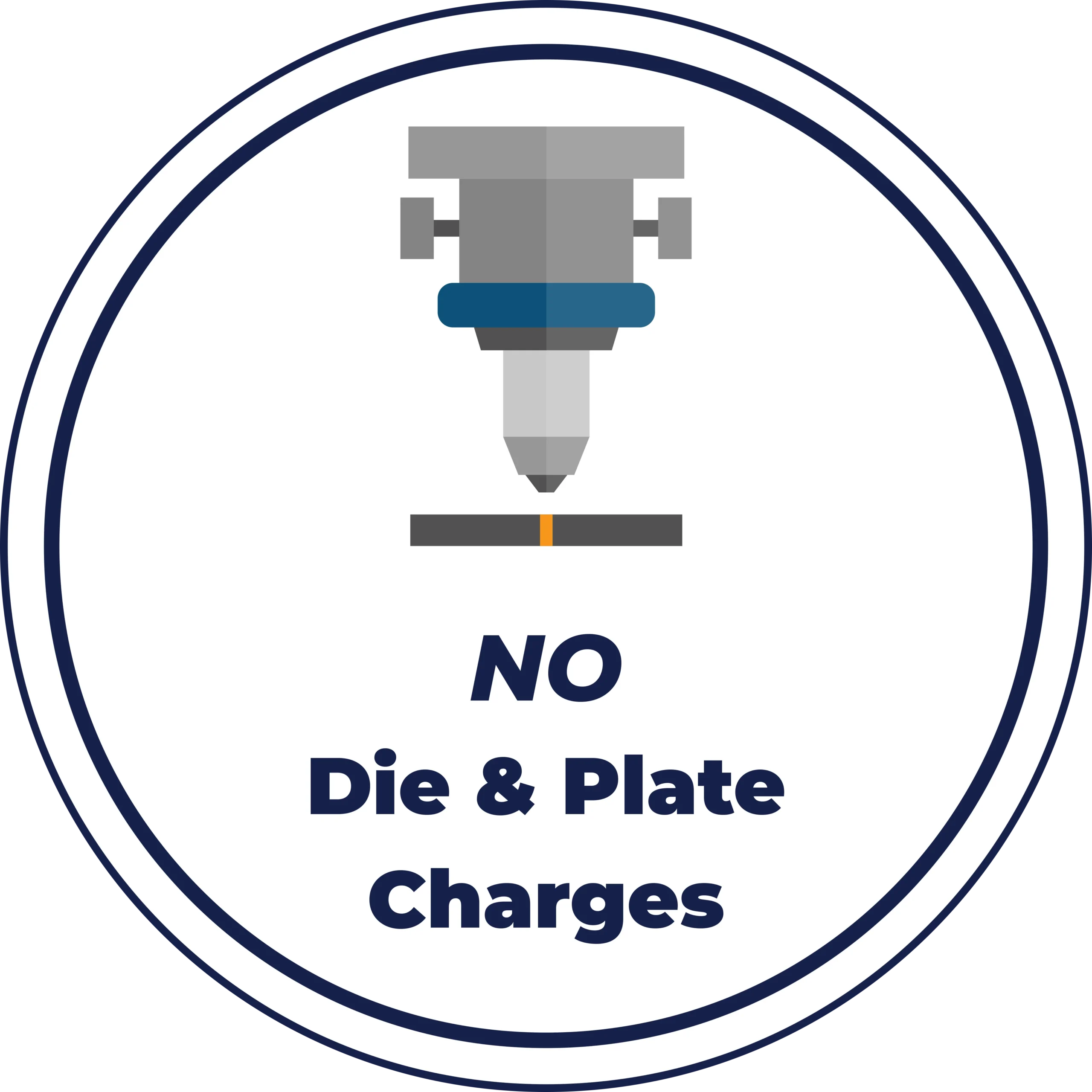Mylar and plastic are both used as means of packaging for different types of products. When it comes to food packaging bags, the wrong choice of boxes can lead to a loss of food and regret. To avoid this, it is crucial to make the right decision while choosing the best packaging for food storage.
However, it’s not that one is bad and the other is good – they simply serve different purposes. Indeed, you will have to understand the nature of both to pick the best option for the safety of your food. In this guide, I will compare the plastic and Mylar to help you pick the most suitable packaging option for your food.
Let’s get started!
Mylar bags consist of strong, shiny, airtight containers made from polyethylene terephthalate. Mylar bags contain aluminum coatings that serve to block both light sources and water vapor and atmospheric air. So, customized mylar bags function excellently for protecting dry foods, including rice and grains, and flour, because they keep those items securely sealed for extended storage periods. These bags serve to shield electronic devices as well as other products that require protection from oxygen and water.
The best attribute of Mylar bags is their ability to maintain food freshness by keeping air and water outside their sealed unit. Apply heat when wrapping Mylar bags to achieve additional protection for stored contents. Although they possess low environmental friendliness, consumers must handle them carefully to protect their contents from damage.
If you’re interested in learning more about how these features work and why they matter, we’ve explored the benefits of Mylar bags in greater detail in another article. Feel free to check it out!
Plastic bags represent light-weight flexible packaging materials that arise from synthetic materials, including polyethylene and polypropylene. Due to their flexibility and cost-efficiency, plastic bags are used routinely because they come in multiple packaging designs, including resealable zippers and vacuum-sealed types.
People widely use plastic bags as food packaging boxes to protect food. Also, plastic bags demonstrate water resistance, which makes them useful for the moisture protection of items. The storage effectiveness of Mylar bags exceeds plastic bags in preventing air and light exposure that affects stored food quality. Plastic bags have shorter service lives and create environmental issues during improper waste disposal.
Mylar bags offer excellent protection against oxygen, moisture, and light, which helps preserve food much longer. On the other hand, plastic provides only basic moisture protection and allows some air and light through.
Best choice: Mylar bags
Mylar is tear-resistant and more durable, which makes it better for long-term storage and rough handling. Plastic bags are thinner and can easily tear or puncture.
Best choice: Mylar bags
Because of their strong barrier properties, Mylar bags keep food fresh for a much longer time compared to plastic bags.
Best choice: Mylar bags
Plastic bags are easier and cheaper to customize with prints, sizes, and styles for branding. Mylar can also be customized, but at a higher cost.
Best choice: Plastic bags
Plastic bags are much cheaper to produce and buy in bulk. That’s why they are a cost-effective option for everyday use.
Best choice: Plastic bags
Both materials can be harmful to the environment if not disposed of properly. However, some plastic bags are recyclable, while Mylar bags are not biodegradable.
Best choice: Plastic bags (if recycled properly)
Plastic bags are lightweight and easy to open, so they are convenient for quick access and frequent use. On the other hand, Mylar bags usually require a heat sealer.
Best choice: Plastic bags
Mylar bags are ideal for long-term storage of dry goods, especially in emergency kits. Plastic bags are more suitable for short-term or everyday storage.
Best choice: Depends on the purpose (Mylar for long-term, plastic for short-term).
Mylar bags can be reused multiple times if handled carefully, while most plastic bags are single-use unless designed to be resealable.
Best choice: Mylar bags
If your goal is long-term food storage and freshness, Mylar bags are the best option. For short-term use, cost savings, and convenience, plastic bags are more suitable.
| Aspect | Mylar Bags | Plastic Bags | Best Choice |
| Barrier Protection | Excellent (Oxygen, Moisture, Light) | Basic (Moisture only) | Mylar bags |
| Durability & Strength | Strong & Tear-resistant | Less durable, prone to tears | Mylar bags |
| Shelf Life & Freshness | Long-term freshness | Shorter freshness | Mylar bags |
| Customization & Branding | Customizable but expensive | Easy & affordable | Plastic bags |
| Cost & Affordability | More expensive | Cheap & affordable | Plastic bags |
| Sustainability | Non-biodegradable | Recyclable (if disposed of properly) | Plastic bags (if recycled) |
| Ease of Use | Requires heat sealing | Easy to open & resealable | Plastic bags |
| Storage Needs | Best for long-term storage | Best for short-term storage | Mylar for long-term, Plastic for short-term |
| Reusability | Reusable | Mostly single-use | Mylar bags |
The major distinction between Mylar and plastic material exists in their fundamental composition and operational capabilities. The basic component of Mylar is polyester film that gets enhanced protection from an aluminum coating. So, Mylar offers excellent resistance to light, moisture, and oxygen for long-term storage.
On the other hand, plastic belongs to two categories, consisting of polyethylene and polypropylene. The material type delivers greater flexibility at reduced costs however, it ensures less protection. Plastic serves everyday requirements most optimally, yet the storage needs require Mylar because of its suitability for extended preservation.
So, the choice between plastic and Mylar simply depends on your purpose and goal! If you want an easy, affordable, and instant packaging solution for short-term food storage, then plastic may be your best option. On the other hand, Mylar is usually a perfect choice for brands looking for a long-term food storage solution. We have made a comprehensive comparison between both for you to understand the difference and choose the right food packaging bags for your food.









© The Box Zilla 2025 — All rights reserved